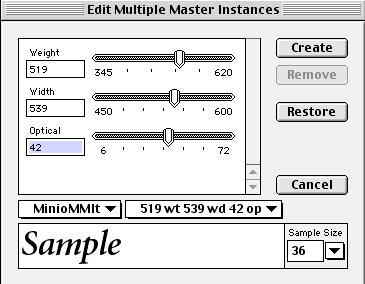Lewis F. Day's Summary
Lewis F. Day's Alphabetic Summary. This is the last post of Day's Alphabets Old and New (London, 1910), highlighting a summary picture of his alphabetic font offerings in the book. Other Blogs investigate the font backgrounds and development of Day's fonts. CARE Typography has meticulously digitized many of Day's typographic offerings. They are available, either individually, or as a set for a modest cost. Contact cshanktype@gmail.com for prices and ordering. Additionally, CARE Typography is offering a beautifully crafted printed summary in a font binder, along with their newest book, Typography Through the Years: A Selected History. This selection gives a carefully researched history of typography and an extensive sampling of historic faces, both old and new.
Lewis Foreman Day (1845-1910) was an influential English designer, author, and lecturer who played a significant role in the Arts and Crafts movement of the late 19th and early 20th centuries. He became a prolific designer, working across various mediums including wallpaper, textiles, stained glass, pottery, and metalwork. Day advocated for the integration of form and function, emphasizing the importance of practicality in design alongside aesthetic considerations. His work and writings contributed significantly to the development of British design education and theory in the late Victorian era.
His book, Alphabets Old and New, published in London, in 1910 gives sterling examples of his typography work. Day's approach to design, blending traditional craftsmanship with modern industrial techniques, helped shape the transition from Victorian aesthetics to more modern design principles. CARE Typography has digitized a number of the font faces in the book for modern use and aesthetic appeal. The typefaces below illustrate the beauty and craftsmanship of Day which can contribute to modern typography.
These mostly pen drawn typefaces have been digitized by CARE Typography using Fontographer to make them available as usable fonts. Caps or Unicals are often used in display faces and advertising. Some of these classic faces can enliven your printing and advertising projects.
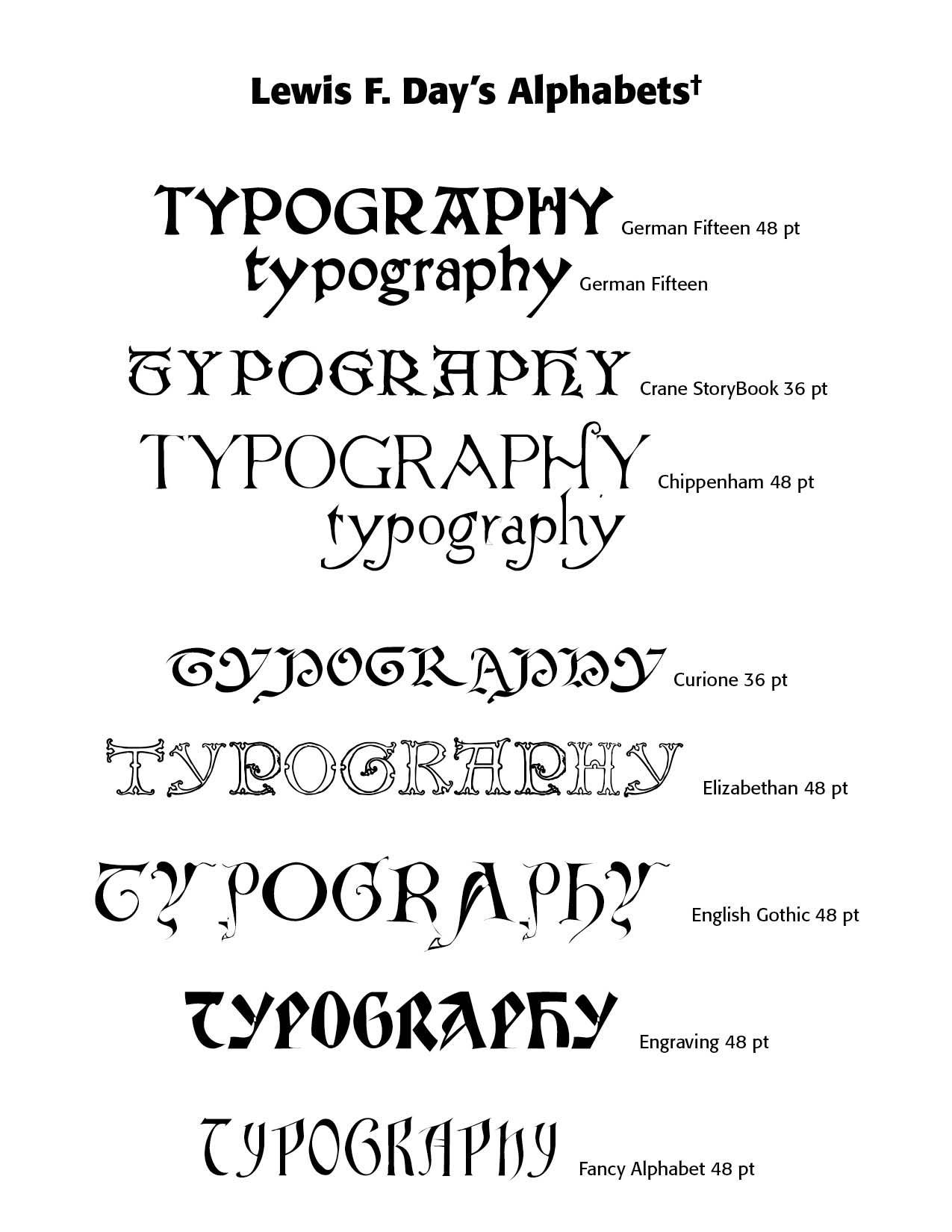



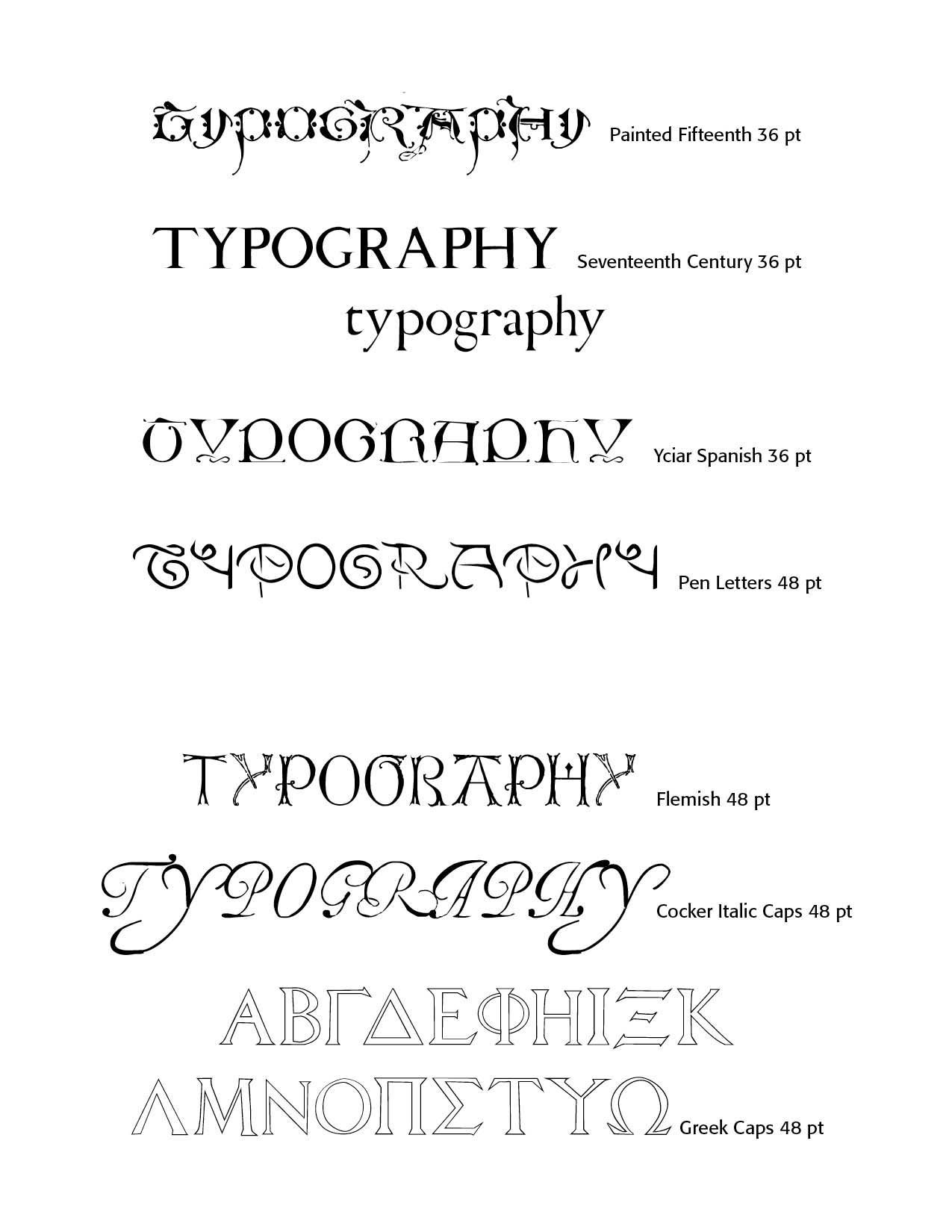
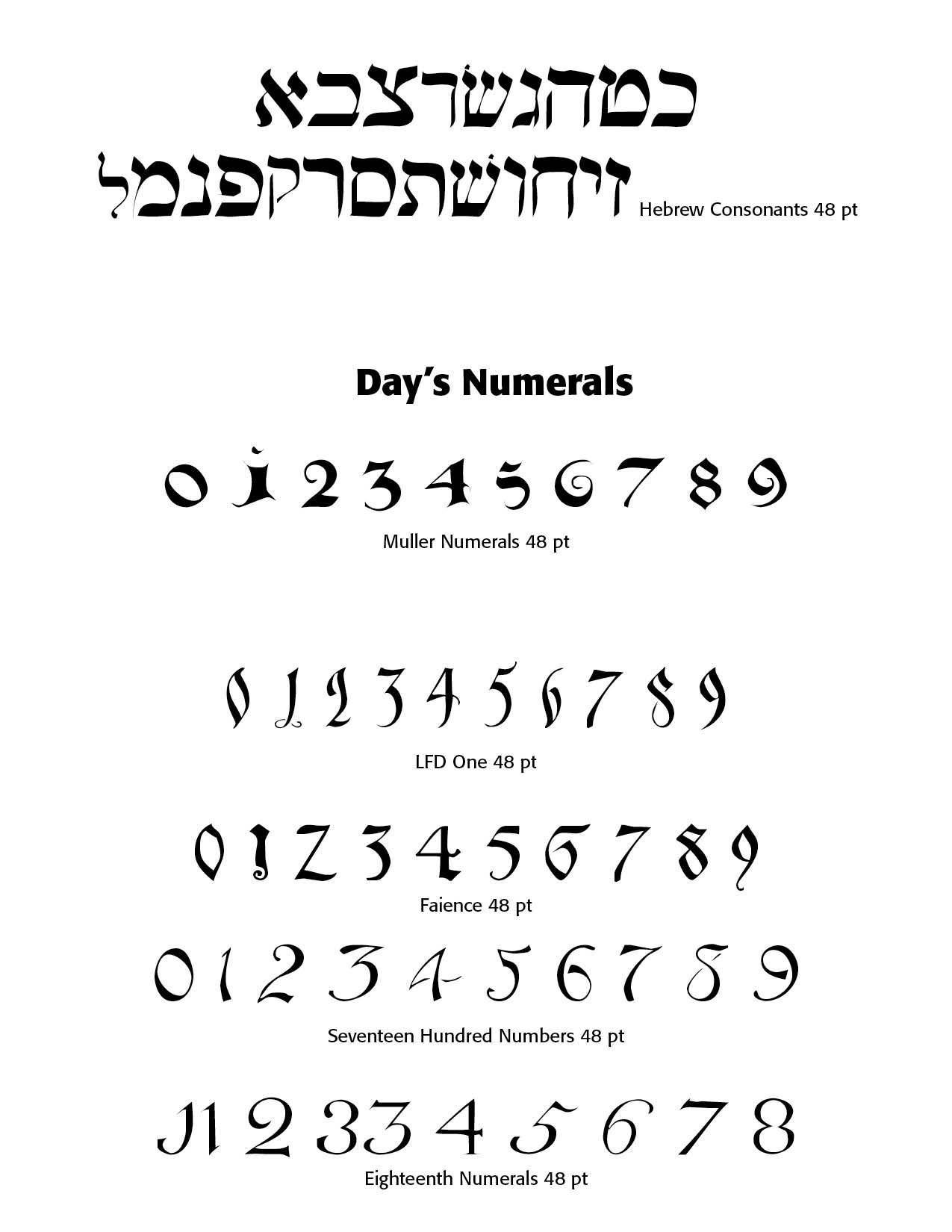
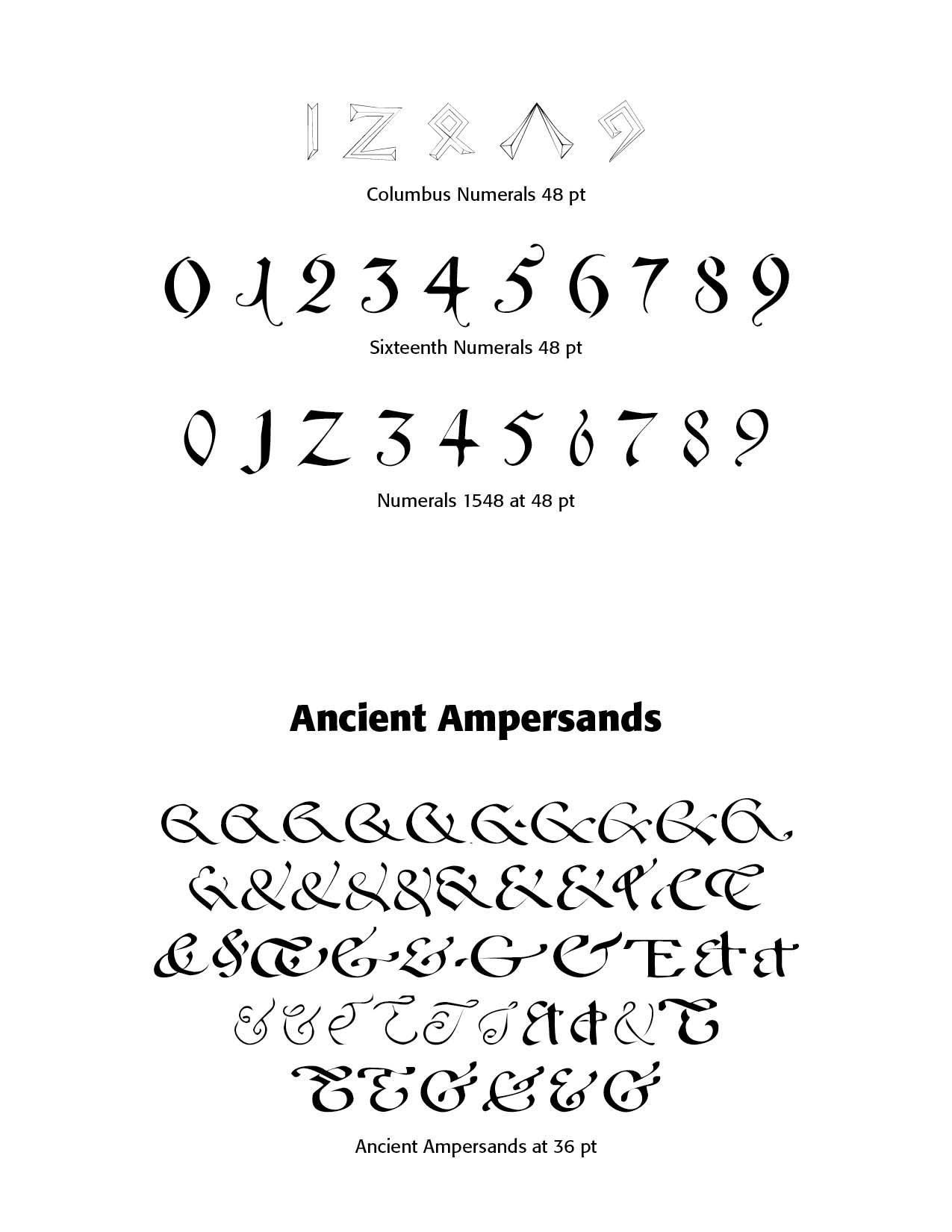
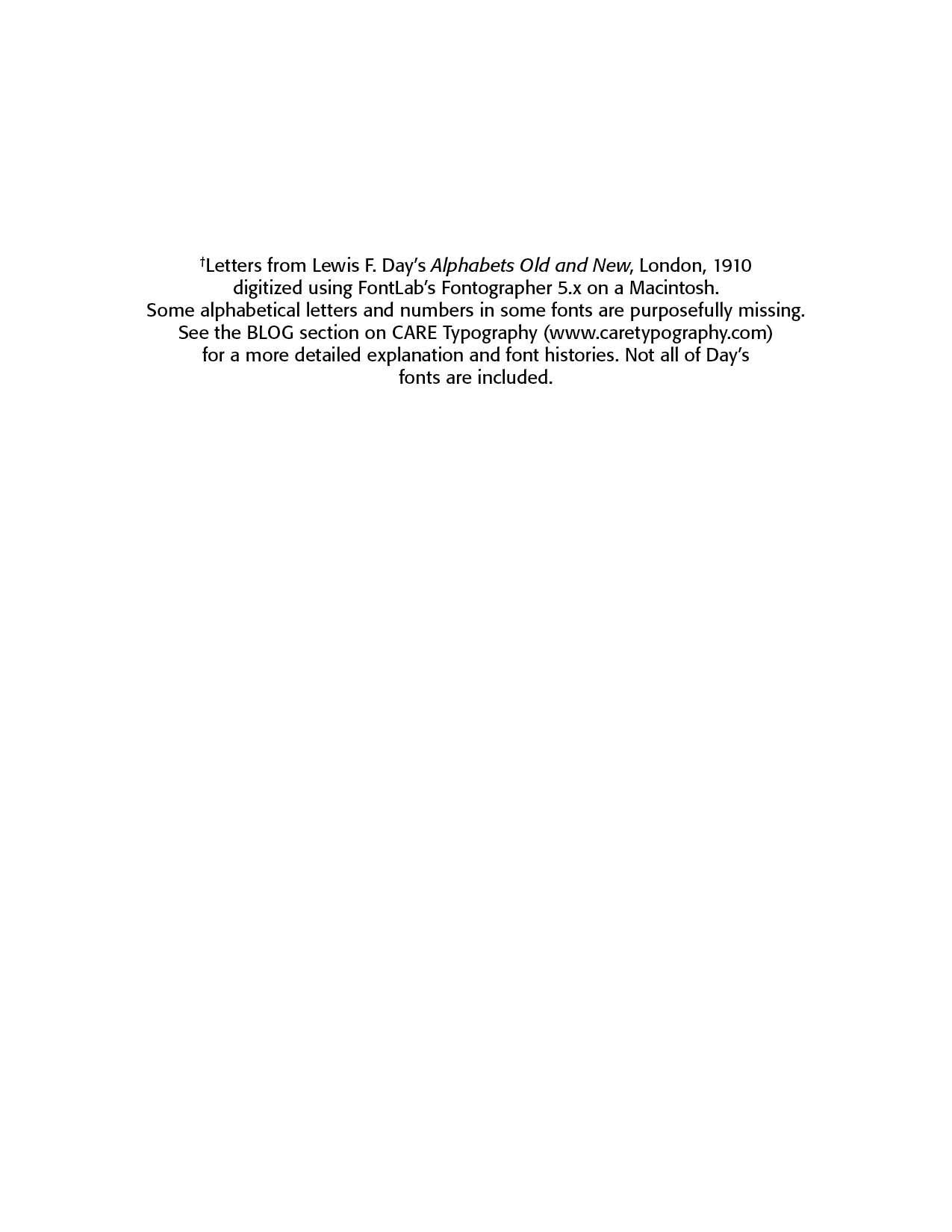
Successful Layout & Design

